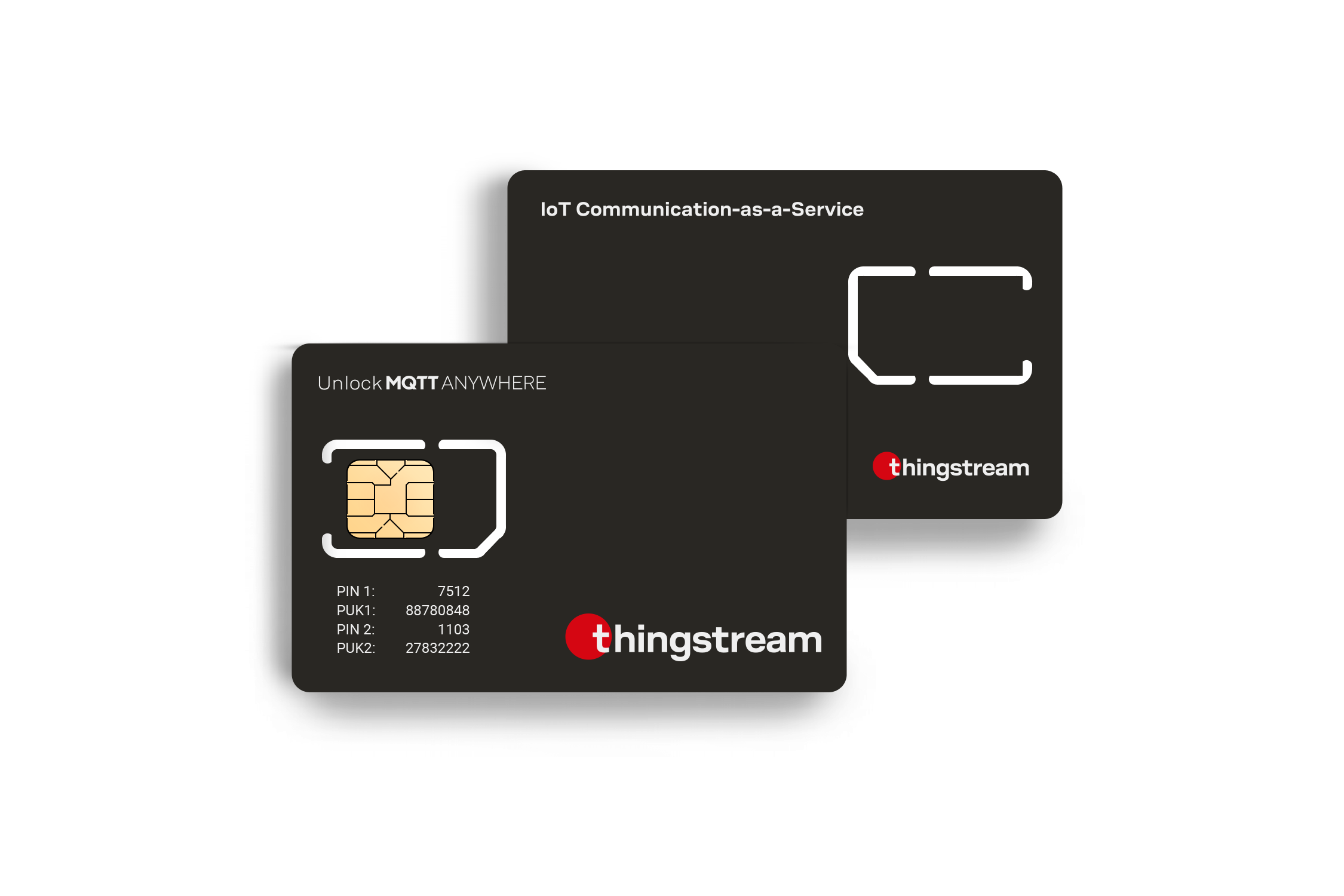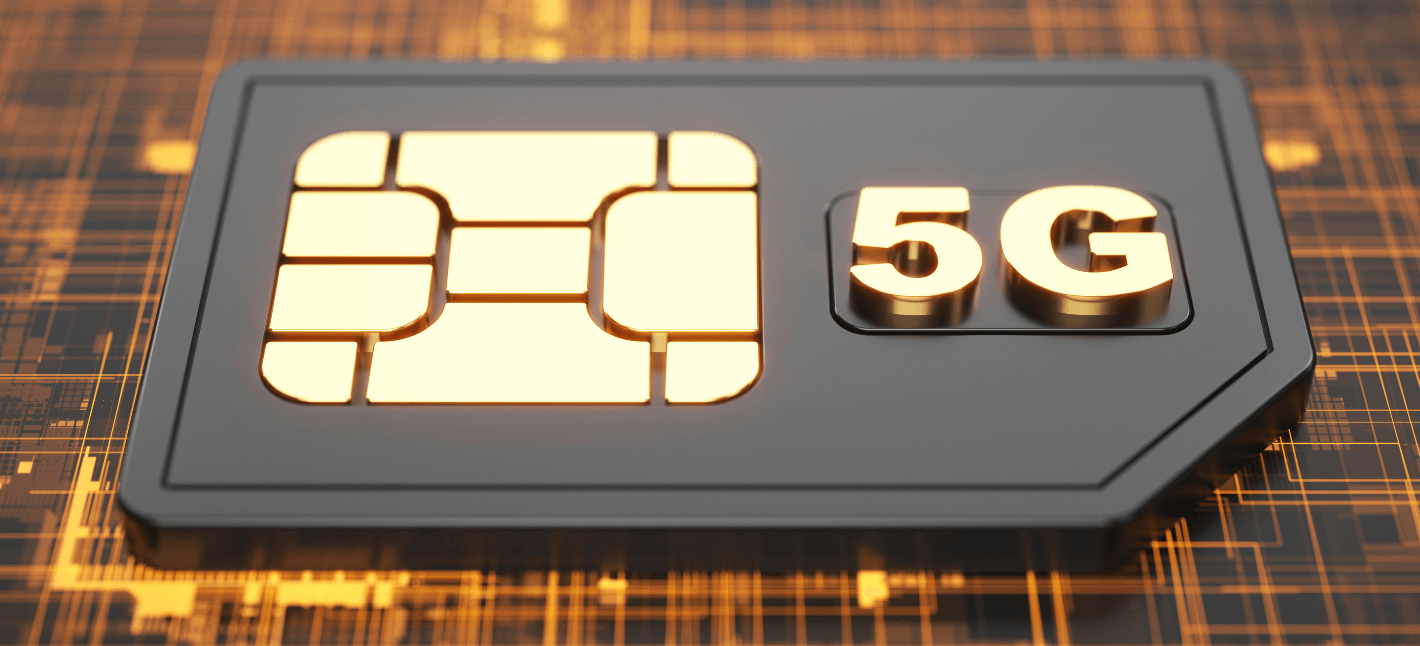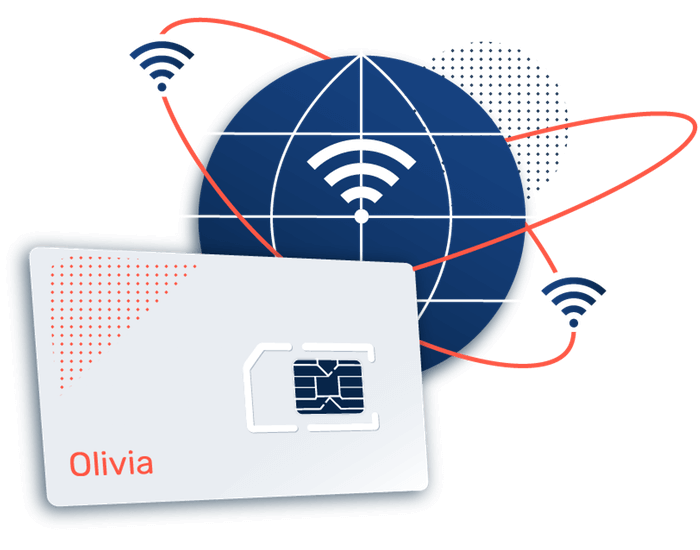It Remote Monitoring Software Definition of IoT Remote Monitoring
It Remote Monitoring Software Definition of IoT Remote Monitoring
Blog Article
It Remote Monitoring Software Non-Invasive Devices for IoT Monitoring
The fast urbanization of the globe has emphasized the necessity for innovative solutions to manage the complexities of smart cities. The idea of smart cities encompasses varied aspects, including efficient government providers, optimized transportation networks, sustainable energy administration, and enhanced citizen engagement. At the center of those advancements lies one crucial element: IoT connectivity options for smart cities.

IoT, or the Internet of Things, refers again to the interconnection of units via the internet, enabling them to ship and receive information. In smart cities, this technology will enable infrastructure, vehicles, and residents to communicate seamlessly. Understanding the IoT connectivity choices available is important for city planners and decision-makers seeking to enhance city living conditions via digital transformation.
Cellular networks have emerged as a preferred selection for IoT connectivity due to their robustness and in depth protection. With the recent developments in 4G and the roll-out of 5G networks, the bandwidth for data transmission has considerably increased. 5G know-how, specifically, offers lower latency and better capability, making it ideal for functions that require real-time data trade. Smart autos, as an example, benefit significantly from this enhanced connectivity, enabling them to regulate routes based on real-time visitors updates or collaborate with different vehicles to enhance security on the roads.
LoRaWAN (Long Range Wide Area Network) is one other standout choice for IoT connectivity. This expertise is designed for low-power devices operating over lengthy distances. Its ability to cover wider geographical areas makes it notably enticing for monitoring techniques such as environmental sensors or those monitoring waste assortment. LoRaWAN's low-energy necessities allow units to perform over prolonged intervals, considerably reducing maintenance and battery replacement needs.
Iot Remote Monitoring Solution Definition of IoT Remote Monitoring
Another crucial participant in the IoT connectivity subject is satellite communication. While usually perceived as an expensive choice, satellite know-how has turn into increasingly accessible. It presents a unique advantage in distant or hard-to-reach areas where traditional cellular or broadband connections are unavailable. This makes it a vital option for smart city initiatives that goal to provide coverage in each nook and cranny of city environments.
Wi-Fi technology, too, retains its relevance in IoT connectivity options for smart cities. Many municipalities are deploying public Wi-Fi networks, creating hotspots that enable residents and visitors to remain connected for free. Such initiatives not solely improve citizen engagement but also foster a sense of group. Smart metropolis applications like public transportation tracking or interactive metropolis maps thrive when customers can readily entry Wi-Fi, enabling real-time updates and information sharing.
Bluetooth know-how finds its place within the IoT panorama as nicely, particularly in local purposes. It is extensively utilized in smart constructing technologies, the place various devices like thermostats, lighting systems, and appliances can talk with each other. By facilitating proximity-based interactions, Bluetooth creates a extra energy-efficient and responsive living environment.
Remote Monitoring Smart City Monitoring Solutions with IoT
Edge computing typically works in conjunction with these connectivity options to enhance the efficiency of smart city operations. Rather than sending all information back to a central server for processing, edge computing allows knowledge to be processed nearer to where it's generated. This results in quicker response instances and fewer pressure on bandwidth, making it especially helpful for applications that require quick actions, corresponding to traffic management techniques and emergency response services.
Security concerns symbolize a pivotal consideration within the choice of IoT connectivity choices. Urban planners should make sure that the methods they deploy are protected against potential cyber threats that could disrupt metropolis companies. The adoption of end-to-end encryption for data communication can significantly scale back dangers. Furthermore, common software updates and vulnerability assessments are essential to keep the network strong towards evolving risk landscapes.
Role Of Smart Sensors In Iot Benefits of IoT Remote Monitoring
The integration of machine studying and artificial intelligence with IoT connectivity additional enhances the functionality of smart city techniques. These technologies can analyze gathered data to foretell potential points before they come up. For example, knowledge from environmental sensors can inform predictive maintenance schedules for metropolis infrastructure, allowing assets to be allotted extra effectively and lowering prices.
Community input plays a vital role in shaping the success of smart city initiatives. Residents ought to be actively engaged within the design and implementation of IoT solutions. Offering platforms for citizen feedback creates an inclusive ambiance where know-how meets real-world wants. Engaging with the neighborhood builds see it here trust and helps determine which IoT connectivity choices would work finest within the specific context of each metropolis.

Investing in IoT connectivity options just isn't merely a technological upgrade; it impacts the financial landscape of smart cities. Effective IoT options can streamline authorities services, cut back operational costs, and entice businesses. Increased effectivity leads to improved public services, making the city environment more interesting to residents and tourists alike.
Iot Global Basics of IoT Remote Monitoring
Collaborative efforts between private and non-private sectors can accelerate the development of smart metropolis initiatives. Government partnerships with know-how companies can unlock innovative funding mechanisms and bring the most recent technologies into city planning. Rather than viewing IoT connectivity as an isolated resolution, a holistic method that mixes numerous technologies presents enhanced opportunities for growth and sustainability.

While challenges persist, similar to interoperability between units and techniques, the concerted efforts of stakeholders can address these obstacles. Establishing standardized protocols and frameworks can ease the combination of diverse technologies, allowing completely different gadgets and systems to communicate effectively. This harmonization fosters a more resilient infrastructure that can adapt to future wants as cities evolve.
In conclusion, the future of city living depends significantly on the effective implementation of IoT connectivity options for smart cities. The numerous range of technologies out there presents numerous possibilities to boost effectivity, sustainability, and citizen engagement. As these cities evolve, a balanced method that considers neighborhood wants, safety, and technological developments will result in profitable city transformation. With the proper methods in place, smart cities can present a greater quality of life for his or her residents while setting the inspiration for innovation.
- Smart cities leverage LPWAN technologies like LoRaWAN for low-power, long-range communication, facilitating energy-efficient knowledge transmission amongst IoT devices.
Iot Remote Monitoring And Control Enterprise Control with IoT Solutions
- Cellular networks, particularly 5G, present high-speed connectivity perfect for applications requiring real-time data transfer, corresponding to smart site visitors systems and autonomous vehicles.
- Wi-Fi 6 provides enhanced bandwidth and decreased latency, important for densely populated city environments where numerous smart devices coexist.
- Mesh networking permits IoT gadgets to speak directly with one another, improving coverage and reliability in areas where conventional web entry may be limited.
- Satellite connectivity presents an possibility for remote or under-served urban areas, ensuring that IoT devices maintain consistent communication capabilities.
Iot Revolution Technologies IoT Monitoring Solutions for Businesses
- Zigbee and Z-Wave protocols enable for seamless communication between smart home units, contributing to energy administration and security within residential smart cities.
- NB-IoT (Narrowband IoT) optimizes battery life and helps a vast number of gadgets, making it suitable for environmental monitoring and smart meter applications.
- Edge computing enhances IoT connectivity by processing knowledge near the source, decreasing latency and bandwidth use for smart metropolis's applications like surveillance and public safety.
Iot Remote Asset Monitoring Solution Advantages of IoT Monitoring Systems
- Streetlight networks outfitted with sensor technology use a mix of wired and wireless connections, making a foundation for built-in smart metropolis infrastructure.
- Blockchain technologies can improve security and information integrity in IoT communications, fostering trust in smart metropolis applications corresponding to identity administration and utility billing.
What are the main IoT connectivity choices obtainable for smart cities?
Remote Iot Monitoring Solution What is IoT Remote Monitoring?
The main IoT connectivity options for smart cities embody LoRaWAN, NB-IoT, cellular networks (like 4G and 5G), Wi-Fi, and satellite tv for pc communication. Each of these choices has distinct benefits and is suitable for various use instances, corresponding to environmental monitoring, smart waste administration, and urban mobility.
What elements should cities contemplate when choosing an IoT connectivity option?
Cities ought to think about components similar to protection area, data transmission velocity, energy consumption, price, and scalability. It’s crucial to evaluate the specific necessities of the applications being deployed to pick probably the most appropriate connectivity choice.
How does LoRaWAN profit smart city applications?
Role Of Smart Sensors In Iot IoT Monitoring Solutions for Businesses
LoRaWAN provides long-range communication with low power consumption, making it ideal for smart metropolis purposes like sensing and monitoring infrastructure. Its ability to assist hundreds of gadgets per gateway permits cities to scale their IoT try this out deployments effectively.

Is NB-IoT a good fit for urban environments?
Yes, NB-IoT is particularly fitted to urban environments because of its capability to penetrate buildings and supply dependable connections in densely populated areas. It requires less power, extending the battery life of connected units, which is useful for long-term deployments.
What position does 5G play in smart city infrastructure?
Iot Remote Monitoring Solution Top 20 Systems Transforming IoT Industries
5G provides high-speed, low-latency connectivity, which is crucial for real-time purposes in smart cities, corresponding to autonomous vehicles and smart visitors administration techniques. Its increased capacity and effectivity allow cities to handle more related gadgets concurrently. It Remote Monitoring Software.
How do Wi-Fi networks evaluate to different IoT connectivity options?
Wi-Fi networks are commonly utilized in compact areas, providing high-speed data switch and ease of deployment. However, they is most likely not the greatest choice for widespread IoT applications in smart cities where long-range connectivity and low power consumption are crucial (Remote Monitoring Using Iot).
Iot Global Protecting IoT Devices through Monitoring
Are there security issues with IoT connectivity in smart cities?
Yes, safety is a significant concern as extra gadgets connect to the Internet. Smart cities should implement sturdy safety measures, such as encryption and regular software program updates, to guard against potential vulnerabilities and cyber threats.
How can smart cities manage the interoperability of different IoT connectivity options?
Remote Monitoring Vessel Monitoring Solutions Using IoT
Managing interoperability entails establishing common communication protocols and standards. This facilitates the combination of various IoT units and systems, permitting smart cities to work together seamlessly and improve operational efficiency.
What is the means forward for IoT connectivity options for smart cities?
The way ahead for IoT connectivity options for smart cities is likely to involve developments in 5G and past, greater integration of synthetic intelligence for decision-making, and enhanced collaboration amongst technology providers. Continuous innovation will drive smarter and extra efficient urban environments.
Report this page